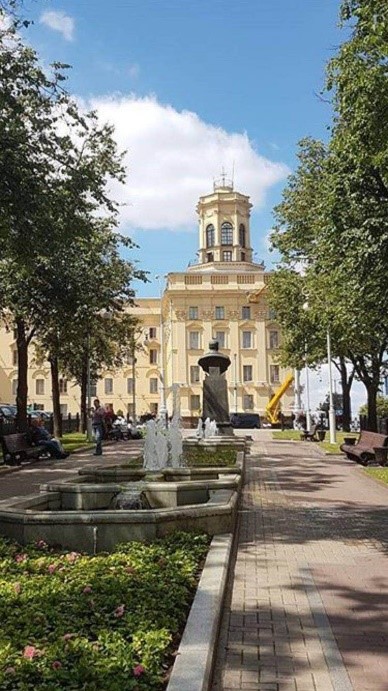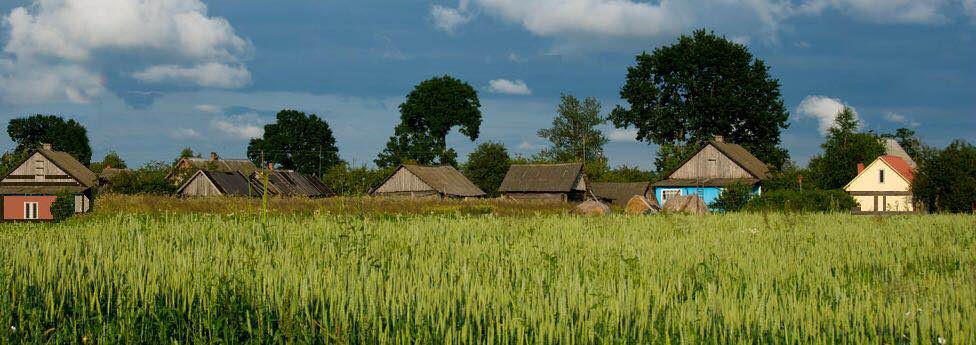“The last dictator in Europe” is what German foreign minister Guido Westerwelle called Belarusian President Aleksandr Lukashenko. Don’t let the ex-Soviet statesman’s laconic response – “Well, I’d rather be a dictator than be gay” – distract you from the reality of what the man represents. Lukashenko is a fascinating study. He sits at the helm of a state unlike the others in the continent of Europe – less than 2000 kilometres from the European Union parliament building in Brussels.Appointed by the supreme Soviet at the dusk of the USSR, Lukashenko is a European president who sees friends in Nicolas Maduro of Venezuela, Vladimir Putin of Russia, Fidel Castro of Cuba and Robert Mugabe of Zimbabwe – all favoured whipping posts of western intellectuals and political leaders alike. How could this exist? Has Europe not univerally adopted a homogenous,unipolar set of ideals and values by which to organize themselves? Why is this eastern European country met with such scorn? In 2016, I, as an 18 year old recent high school graduate wanted -needed – to find out, so I went.

The world bank classifies Lithuania as an emerging economy, a member of a NATO the EU since 2004. The capital, Vilnius looks attractive as far as post-Soviet cities go, and the countryside looks almost quaint. Predictable. When your train crosses into Belarus, it’s eastward-looking neighbour, the time change is one hour, but more than merely time shifts in front of your eyes. You can tell that the soil is different, it is the soil of a nation looking eastward. Belarus is to our understanding of modern Europe as may be the Pakistan to India, the Macedonia to Greece or the two Koreas. Culturally not at all dissimilar but seperated by a conflict of visions with aged roots . The night sky is sparsely illuminated by piles of garbage burning in the distance, and the peaked, Soviet style caps of the guards at the stations make you think you’re truly in a different sphere of political organization.
The capital of Belarus is Minsk, which was to be my home for the next two nights. The city itself is beautiful in the most unorthodox type of way. In a parallel series of events, it could be a Prague, Budapest or a Bratislava, cities that have fused together traditional and brutalist styles to form their architectural identities. But Minsk has one style – that of communist block building, their pillars rising high into the grey sky. The KGB headquarters centrepieces the city. Belarus is the only state on earth to have never abolished the KGB.
My accommodation fit the bill. A three bedroom flat administered by an elderly hunched woman who spoke about as much English as Joseph Stalin – whose picture graced her wall. Like many places not seen on travel stamps and postcards, English (or any other language than Belarusian and Russian) is not spoken. This put me at a disadvantage, as I wanted desperately to speak with the locals about their nations past, communism, Russia and their President, who at the time of my visit was in Uzbekistan rubbing shoulders with his central Asian allies.
Although I cannot take certain pertinent memories from my trip to Belarus, I can sharply recall the feeling of the country. This was not the Europe of postcards, of backpackers or of standard romance. There exists a beauty in the grimness, and in the blackened smiles of those asking “Amerika?” whenever I opened my mouth. The train shuttered along on my way back to Europe, back to “civilization” back to comfort and back to familiarity. It chugged over fields where seventy years before millions of men, women and children died horrifically as two ideologies battled without rules. Now, I am still asking which side modern Belarus resembles.
A guest blog by Adrian Dorney. 20 year old canadian and friend of YPT with a passion for grey and all things soviet.





